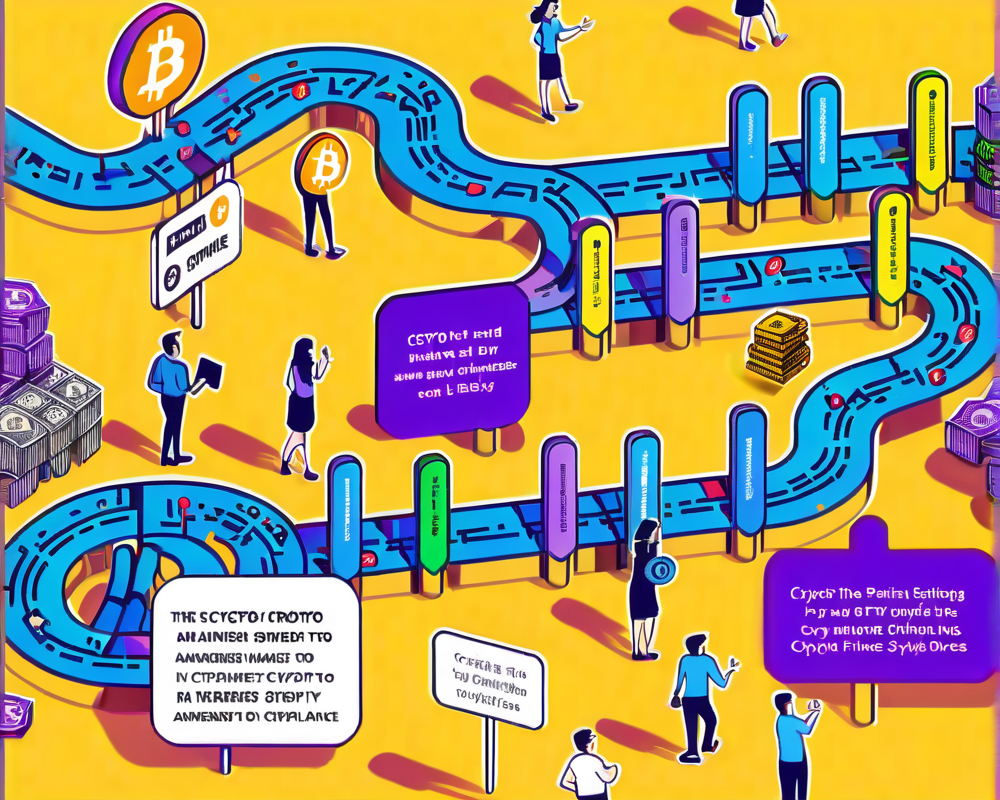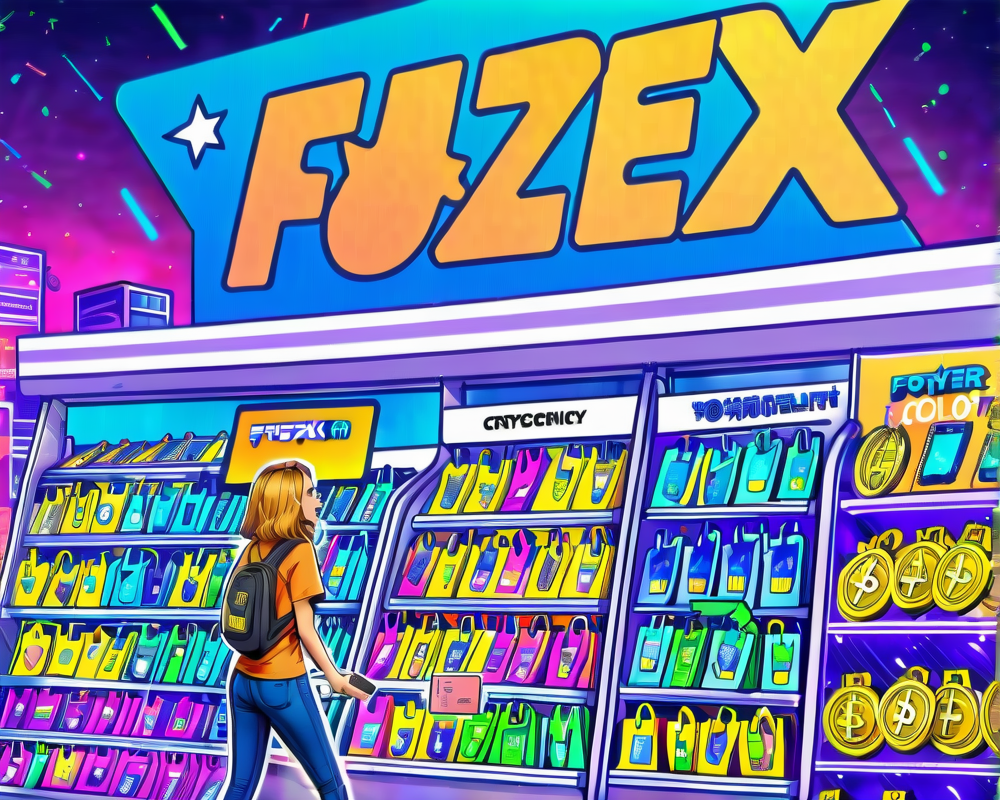The Rise of Decentralized Exchanges
Decentralized exchanges, or DEXes, sprang up like weeds in a well-watered garden, offering fresh alternatives to the often murky waters of centralized exchanges. The idea was simple: address centralization issues such as lax security, mandatory know-your-customer protocols, and opaque account controls. Centralized platforms remain necessary for newbies delving into the crypto realm, providing a lifeline amidst the chaos of a new digital frontier.
Transitioning from Order Book to AMM
Traditional exchanges rely on an order book model for optimizing capital use and real-time price discovery. In contrast, many modern DEXes embraced the Automated Market Maker (AMM) framework, revealing both innovation and inefficiencies. For DEXes to capture mainstream traders, a leap into order book integration may be necessary to appeal to those seasoned in traditional trading strategies.
The AMM Revolution: A Double-Edged Sword
The introduction of AMM marked a watershed moment for DeFi. Spearheaded by Vitalik Buterin, this innovative model tackled liquidity headaches that stymied DEX growth, particularly on Ethereum. With AMMs becoming the go-to for various exchanges, their popularity has soared, but not without significant hiccups.
Recognizing the AMM Shortcomings
While AMMs are a game changer, they come with hefty baggage:
- Impermanent Loss: When token prices swing like a pendulum, liquidity providers may find their returns less satisfying than simply holding onto their assets.
- Slippage Woes: Low liquidity pools can lead to trades executed at less-than-ideal rates — not exactly a win.
- A Racing Chance for Arbitrage: Despite adding market efficiency, arbitrageurs can siphon value away from liquidity pools, leaving providers less than thrilled.
- Order Type Limitations: Forget about limiting explorations or stop orders; AMMs often deny traders the flexibility of high-stakes strategic play.
The Case for Order Books
The order book model is the reigning champion in global finance, a testament to its unmatched ability to facilitate transparent price discovery through easy access to buy and sell orders. It provides traders a crystal-clear view of supply and demand across price levels.
Understanding the Order Book Dynamics
With its real-time nature, the order book brings insight into market depth and sentiments, benefiting both retail and institutional traders. Major exchanges have adopted this model, showcasing its reliability and market integrity. Flexibility is the name of the game here, accommodating various order types, which empowers participants to craft nuanced trading strategies.
UTXO-Based Blockchains: A Perfect Match for Order Books
Why merge order books with UTXO-based blockchains? Think peer-to-peer transactions that cut out the intermediary hassles typical of liquidity pools. High concurrency allows for rapid order matching while retaining an eye-popping level of transparency. UTXO’s strengths—parallel transaction processing—offer the ideal backbone for real-time order book operations, enhancing reliability and security through automated smart contracts.
Bridging Two Worlds
Incorporating the order book model into UTXO-based environments could pave the way for a seamless bridge connecting centralized systems with decentralized solutions, creating a cohesive trading ecosystem.
Final Thoughts: Shaping the Future of Crypto Trading
The cryptosphere is in a state of flux as DEXes eye a shift from AMMs to the time-honored order book model. Although AMMs present unique advantages, the challenges they pose are ushering us toward traditional structures, especially when paired with UTXO-based blockchains. This evolution stands to meld central trading benefits with decentralized infrastructure, revolutionizing how we trade and interact within the cryptocurrency world.



